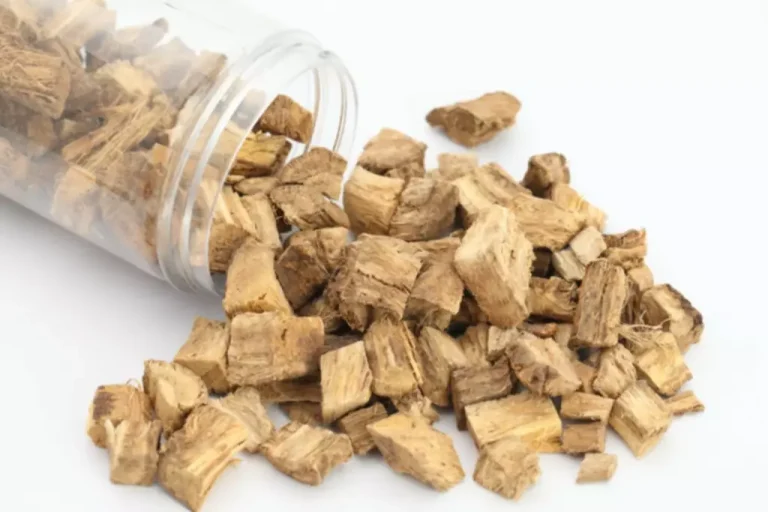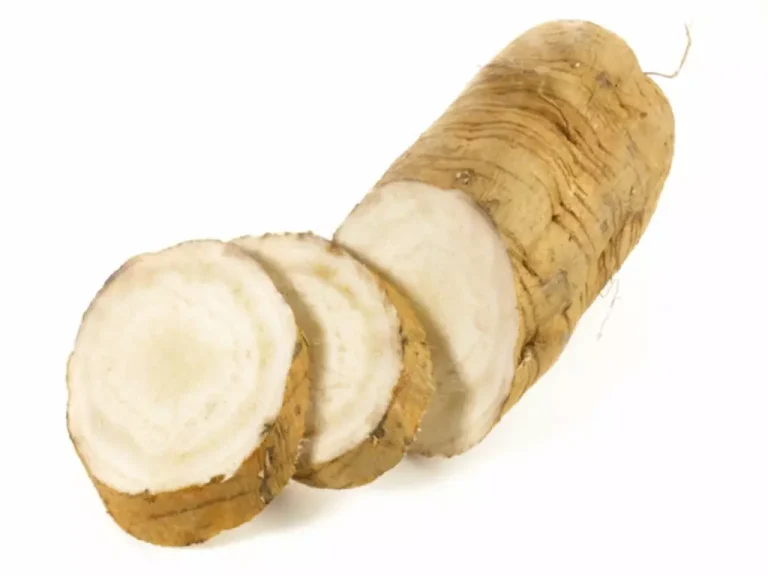
The alterations in brain activity may be due to shifts in levels of the brain chemical gamma-aminobutyric acid or GABA. Researchers are looking into whether brain stimulation may work as a way to relieve HPPD symptoms, but studies are still ongoing. Focal epilepsy, a condition that affects the nervous system, causing seizures on one half of your brain that lead to hallucinations, flashing bright lights, or other visual changes. Naltrexone has been usually used, alone or with other medications, in chronic patients with continuous visual imagery that previously did not respond to other medications 17,18. A latent period may antecede the onset of returning visual occurrences. This latent period may last from minutes, hours, or days up to years, and re-emerge as either HPPD I or II with or without any recognized or perceived precipitator 17,19.
6. Second Line Medications
The incidence of mental disorders in 200 Native Americans of the Navajo tribe after ritual use of mescaline was the subject of a recent study by Halpern Halpern, 2003. Over a 3-year period of observation, not a single case of HPPD was detected. Antidepressant medications could help in the management of co-occurring HPPD II with anxiety and depressive disorders 17,18,20,51,67. There are questionable and controversial results regarding Sertraline, which has been reported to worsen 81 as well as to improve visual disturbances.
Other disorders with similar symptoms

As researchers come to understand more about the condition, a more extensive range of treatments may become available. A flashback feels as if the individual is relieving something that happened in the past. HPPD does not cause people to have full hallucinations or delusions.
Hallucinogen Persisting Perception Disorder Treatment
- If you experience unexplained hallucinations, it’s important to see a doctor.
- Some evidence shows that HPPD is brought on in a similar way as post-traumatic stress disorder (PTSD) symptoms, which develop when a memory is triggered by a similar environmental factor.
- Thus, the serotonergic antidepressants administered during this period proved largely ineffective.
- There is also a correlation between the number of times a hallucinogenic drug is used and the onset of HPPD.
- Functional neuroimaging may be beneficial in localizing a specific target for stimulation and may prevent wasting time and money on targets which are not as likely to be involved in the pathogenesis.
This hypothesis says that strong memories could be more easily accessed with psychedelic drug use and mistaken as flashbacks. It is important to note that in contrast to classical psychotic disorders, patients with HPPD recognize the unreal nature of their visual disturbances which qualifies them as pseudohallucinations. Although data is limited, research shows only 4% to 4.5% of people who take hallucinogenic drugs get it.
More on Mental Health
In very rare cases, people have had HPPD without ever having taken a hallucinogenic drug. Studies show marijuana – specifically THC, the chemical in marijuana responsible for its mind-altering effects – is the most commonly reported drug people with HPPD used in the past. It can cause ongoing problems with your vision, heroin addiction and come back again and again. The hallucinations are typically long, and can come and go over the course of months or years. Both involve visual disturbances that can last from minutes to years.

What Does Treatment for HPPD Involve?
Rapid improvement was registered even during the dosing-in phase of lamotrigine – before the hppd administration of therapeutic doses. Addition of SSRI-type antidepressants to the drug regime did not yield any beneficial effects. Instead they increased the frequency of derealization and depersonalization episodes in the patient. This was reversed to a large extent upon cessation of SSRI therapy. The patient also noted positive effects of psychotherapeutic intervention on attention focusing and mood stabilization.

For this reason, it’s important you work with a doctor to find a treatment technique or coping mechanisms that help you handle the disturbances and feel in control when they do occur. Because the visual episodes of HPPD can be unpredictable, you may want to prepare yourself with techniques for handling the symptoms when they do happen. For example, you may need to rest and use calming breathing techniques if these episodes cause you significant anxiety. If your doctor suspects another possible cause, such as side effects of a medication, they may request blood tests or imaging tests. These tests can help them eliminate other possible causes of your symptoms. These flashbacks are rarely as intense or long lasting as a typical drug-induced trip.
- Some hallucinogens appear in nature, such as psilocybin (magic mushrooms) and mescaline (peyote), and have been used throughout history to generate visions or mystical insights.
- We report a list of the main literature-reported visual disturbances in Table 2.
- Finding a way to ease the visual disturbances and treat the related physical symptoms may take a bit of trial and error.
- In fact, as in the vast majority of induced psychoses, visual hallucinations are notably more common than auditory 3.
Hallucinogen persisting perception disorder
Observational studies and case reports evaluating clinical presentation. Lauterbach et al. reported the unique case of HPPD induced by the atypical antipsychotic Risperidone 60. According to the literature, we found that the majority of HPPD cases have been induced by LSD or phencyclidine (PCP) (14 studies, 294 patients) 17,19,21,26,35,46,51,52,53,55,56,57,58,59. Trying mindfulness, yoga, or meditation may help to reduce stress and anxiety.

